Overview
Map
Other Details
كنيسة تجلّي الربّ
Bcharreh
Bcharre
North
كنيسة تجلّي الربّ - غابة الأرزبدأ البناء سنة ١٨٤٤ مع الخوري يوحنا شبيعا، بموجب مرسوم بطريركيّ في عهد البطريرك يوسف حبيش. أُكمل البناء على مراحل سنتي ١٩٣٦ و١٩٨٣، وُرمّمت سنة ١٩٩٠. المذبح مصنوع من خشب الأرز المحفور من عمل الحرفيّ سليم أبي قبلان جعجع. أيقونة التجليّ تنتمي للمدرسة المقدسيّة.The church of the Transfiguration of the Lord - The Cedar forestThe church was first built in 1844 by Fr Youhanna Shebaiaa, with a decree from Patriarch Youssef Hobeich. The construction was reworked in 1936 and 1983. The church was restored in 1990. The high altar is made of cedar wood by the craftsman Selim Abi Qabalaan Geagea. The icon of the Transfiguration is an issue from the school of Jerusalem.
Visited 2247 times, 1 Visit today



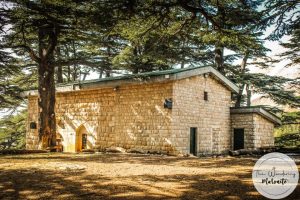


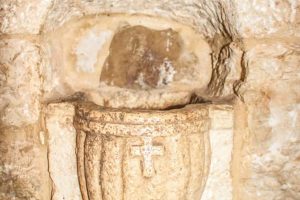
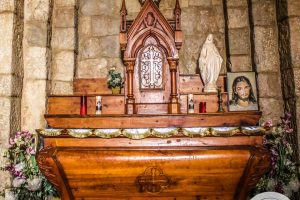
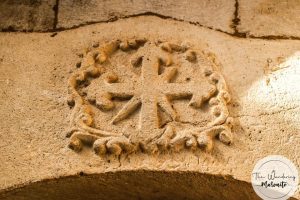
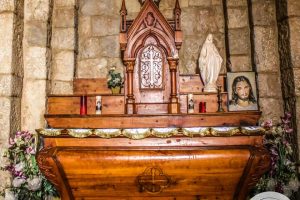
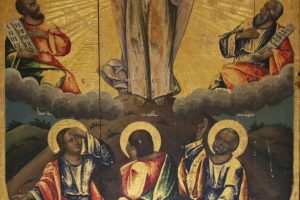










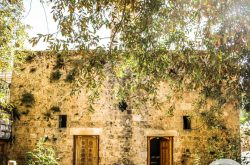
Reviews are disabled, but trackbacks and pingbacks are open.